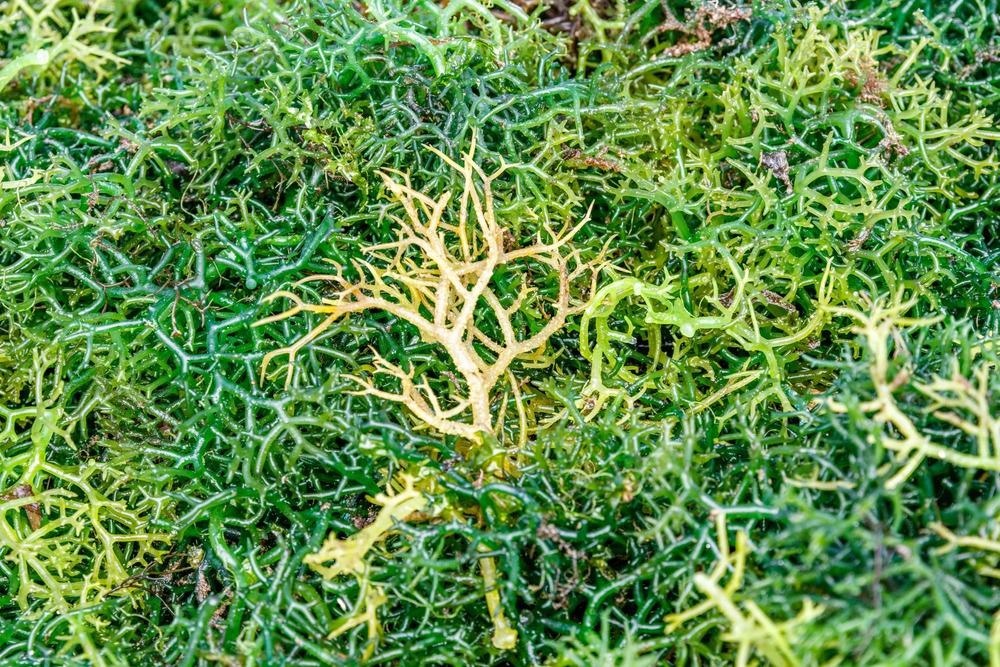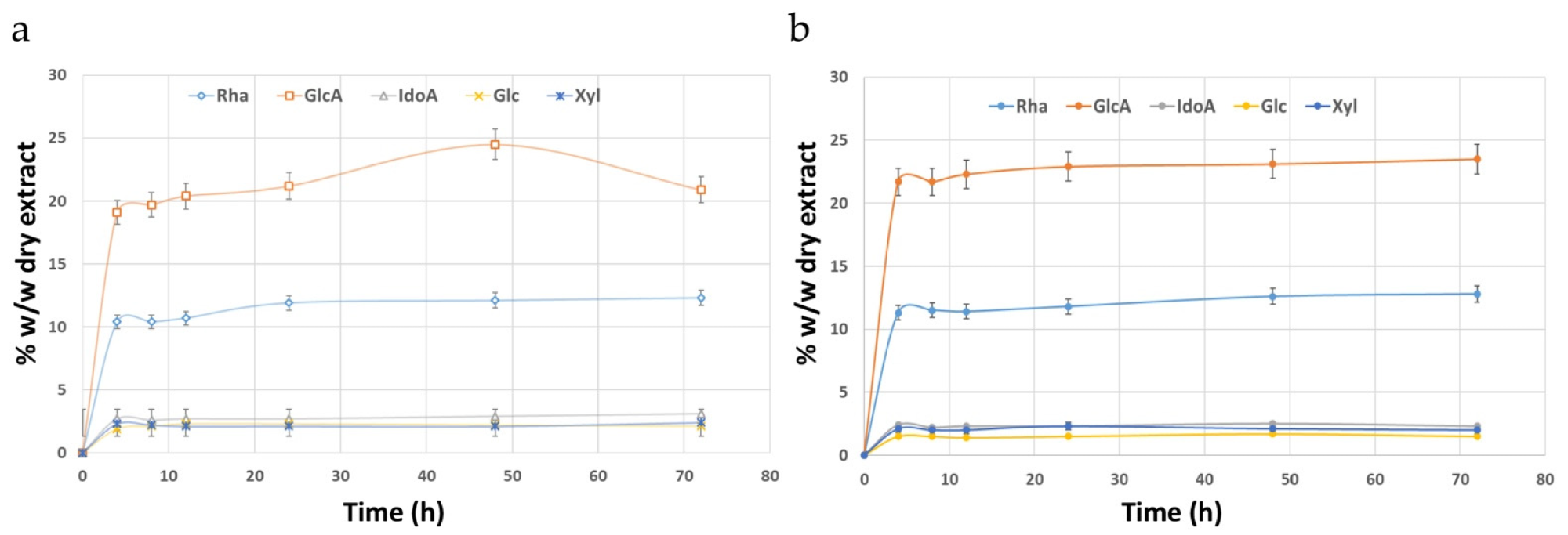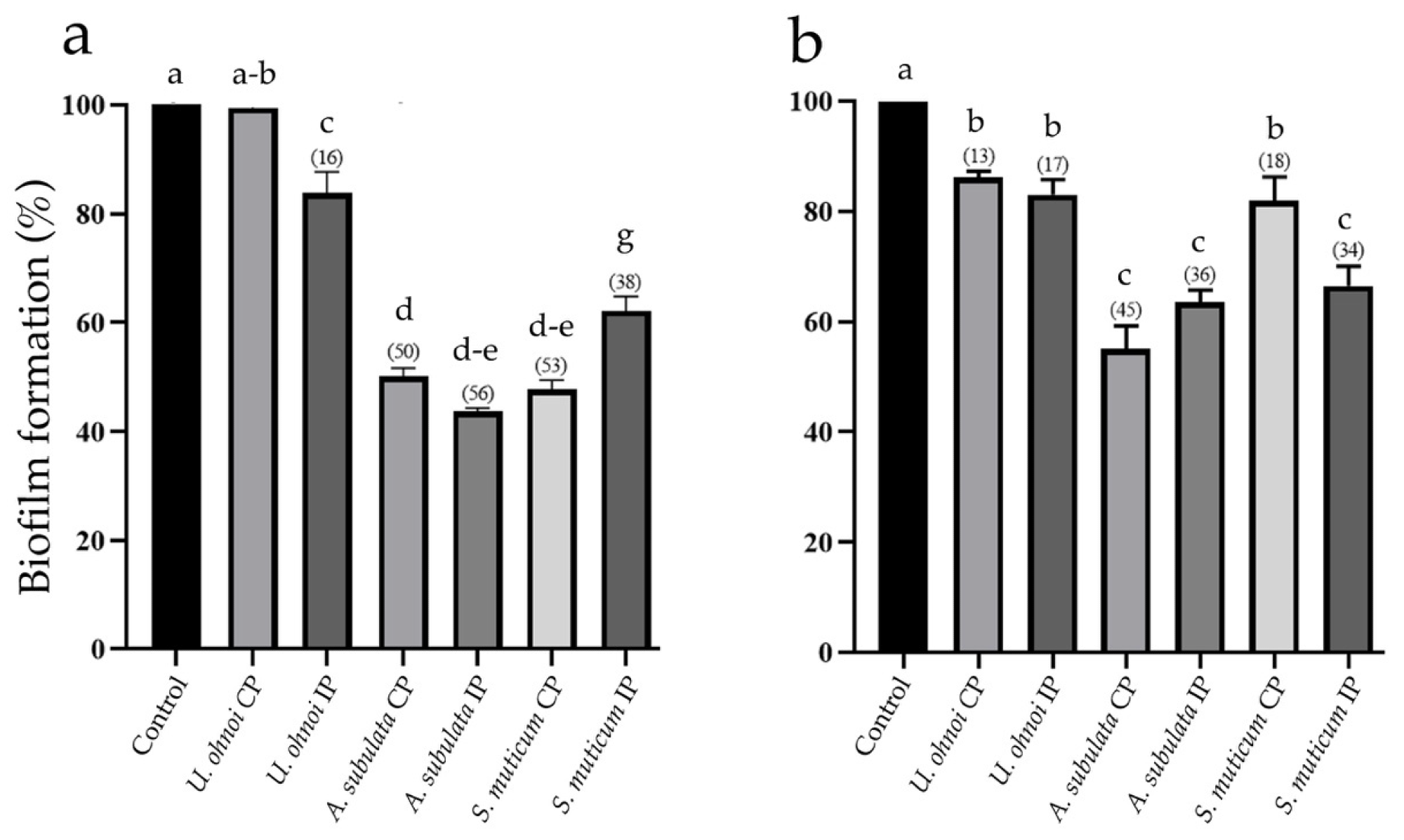A team of researchers from Italy and Russia has collaborated on a new paper investigating the influence of conventional and non-conventional extraction methods on the structure and properties of polysaccharides produced from macroalgae. The study has appeared in the journal Sustainability.

Study: Conventional vs. Innovative Protocols for the Extraction of Polysaccharides from Macroalgae. Image Credit: Gekko Gallery/Shutterstock.com
Macroalgae: A Commercially Important and Sustainable Resource
Macroalgae are an environmentally friendly resource that is utilized to manufacture several commercially valuable products including food additives, cosmetics, and pharmaceuticals. Phycocolloids extracted from macroalgae are used in the manufacture of stabilizers, gelling agents, and thickeners. Annual global exports of seaweed hydrocolloids (gums) are worth in the region of USD 1.74 billion, out of a total seaweed export value of USD 2.65 billion. Over ninety-eight countries engage in the production of seaweed.
Many types of macroalgae are being investigated for the production of novel bioactive compounds for sectors such as the medical, agricultural, and food industries. Polysaccharides in the cell walls of macroalgae are extremely valuable and have been used for several commercial products. Taxa including Phaeophyceae and Rhodophyta are traditional sources of polysaccharides, with Chlorophyta becoming another commercially valuable source in recent years.

FTIR-ATR spectra of polysaccharide extracts (a) from Ulva ohnoi; (b) from Agardhiella subulata; (c) from Sargassum muticum. The black curves refer to conventional protocol (CP), while red curves refer to innovative protocol (IP). Image Credit: Spagnuolo, D et al., Sustainability
Rhodophyta species produce sulfated galactans, primarily carrageenan, and agars, a class of polysaccharides with wide variability which have been extensively studied. Phaeophyceae are sources of heteropolymers of mannuronic and guluronic acids and alginates. Recently, studies on Chlorophyta species have revealed the presence of sulfated polysaccharides. These molecules have shown commercial promise for products such as nutraceuticals, biofilms, and cosmetics.
Species from other taxa including Gelidiaceae, Gracilariaceae, Solieriaceae have been used to obtain phycocolloids such as agar, alginates, and carrageenans. However, macroalgae cultivation can be expensive in terms of equipment, skilled personnel, and facilities including laboratories, which can affect their retail price.
Extracting Value-Added Products from Macroalgae
Dredging seaweed from anthropized coastal areas presents a solution to meet the demands of a growing market for microalgae-derived products. These organisms proliferate in these areas, where they can obstruct human activities and have an effect on other marine organisms. Converting these unwanted, problematic organisms into value-added products is a highly promising, profitable commercial strategy.
Several raw polysaccharide extraction strategies have been developed in recent years, with conventional chemical extractions being commonly utilized. Novel extraction methods have received increased research focus, such as using microwaves, enzymes, supercritical fluids, and ultrasound. Of these, microwave-based extraction methods have proven promising due to high-quality derivative products, short processing times, and low solvent needs.

Methanolysis kinetics expressed as number of monosaccharides released over time using (a) 2 M HCl and (b) 3 M HCl. The data are reported as the average ± SD (n = 3). Image Credit: Spagnuolo, D et al., Sustainability
The Study
The research aim in the new paper is to evaluate and compare the influence of conventional and innovative methods for extracting raw polysaccharides from different species of macroalgae. In particular, the study has evaluated the use of innovative protocol (IP) microwave-assisted extraction methods. Forty-five studies in the current literature were investigated by the authors.
Samples of Ulva ohnoi, Agardhiella subulata, and Sargassum muticum, which are all invasive seaweed species, were retrieved from various locations in Italy. Ulva ohnoi was used to obtain ulvans, Agardhiella subulata was used to obtain carrageenans, and Sargassum muticum was used to obtain sodium alginate.
The study compared three parameters: extraction times, chemical composition, and polysaccharide yield. Furthermore, the researchers evaluated the raw extracts obtained by the various extraction processes for their biological activities.
Results of the Study
The stated objective of the study was to design a sustainable extraction process in terms of time and energy savings. The specific protocol used in extraction has a potentially significant influence on the final product. It has been stated by the authors that extraction efficiency is likely dependent on the polysaccharide’s physio-chemical properties.
The authors have stated that it is noteworthy that A. subulata and S. muticum, even when producing comparable yields of isolated polymers in both methods, using IP extraction, the polysaccharide yield in these macroalgae was three times more than U. ohnoi.
Analysis using spectroscopic methods revealed that microwave-assisted extraction methods did not alter the extracted polysaccharides’ chemical structures. This is despite hypochromic effects being observed in these extracts. Gel permeation chromatography analysis indicated that the use of microwaves could produce extracts with lower molecular weight from S. muticum and A. subulata, but not U. ohnoi. This confirmed previous studies.

Biofilm formation (%) of (a) Pseudomonas aeruginosa ATCC 27853 and (b) Staphylococcus aureus ATCC 29213 in the absence (control, C) or in the presence of the crude extract from Ulva ohnoi, Agardhiella subulata and Sargassum muticum (400 μg mL−1 w/v) obtained using the traditional (CP) and innovative (IP) extraction methods. Data represent mean ± SD for six replicates (n = 6). The lowercase letters above the bars denote groups that were found to be significantly different after ANOVA followed by Tukey test. In brackets are data on biofilm reduction as a percentage. Image Credit: Spagnuolo, D et al., Sustainability
Antibiofilm and antibacterial activity against S. aureus and P. aeruginosa was assessed to evaluate differences in biological properties of raw extracts produced by both protocols. Every extract displayed antibiofilm activity. Emulsification activity was observed to be significantly higher using innovative compared to conventional protocols, with IP extracts of U. ohnoi and S. muticum displaying more activity than conventional extracts.
The results of the study have indicated the possibility of using innovative extraction methods as an alternative to their conventional counterparts to produce bacterial emulsifiers and antiadhesives for use in various commercial applications. However, the authors have stated that further studies on the entire extraction process will be necessary to clarify them.
With this research, the authors have laid the groundwork for realizing a sustainable framework for the value-added utilization of invasive algae, which have been traditionally treated as waste.
Further Reading
Spagnuolo, D et al. (2022) Conventional vs. Innovative Protocols for the Extraction of Polysaccharides from Macroalgae Sustainability 14(10) 5750 [online] mdpi.com. Available at: https://www.mdpi.com/2071-1050/14/10/5750
Disclaimer: The views expressed here are those of the author expressed in their private capacity and do not necessarily represent the views of AZoM.com Limited T/A AZoNetwork the owner and operator of this website. This disclaimer forms part of the Terms and conditions of use of this website.